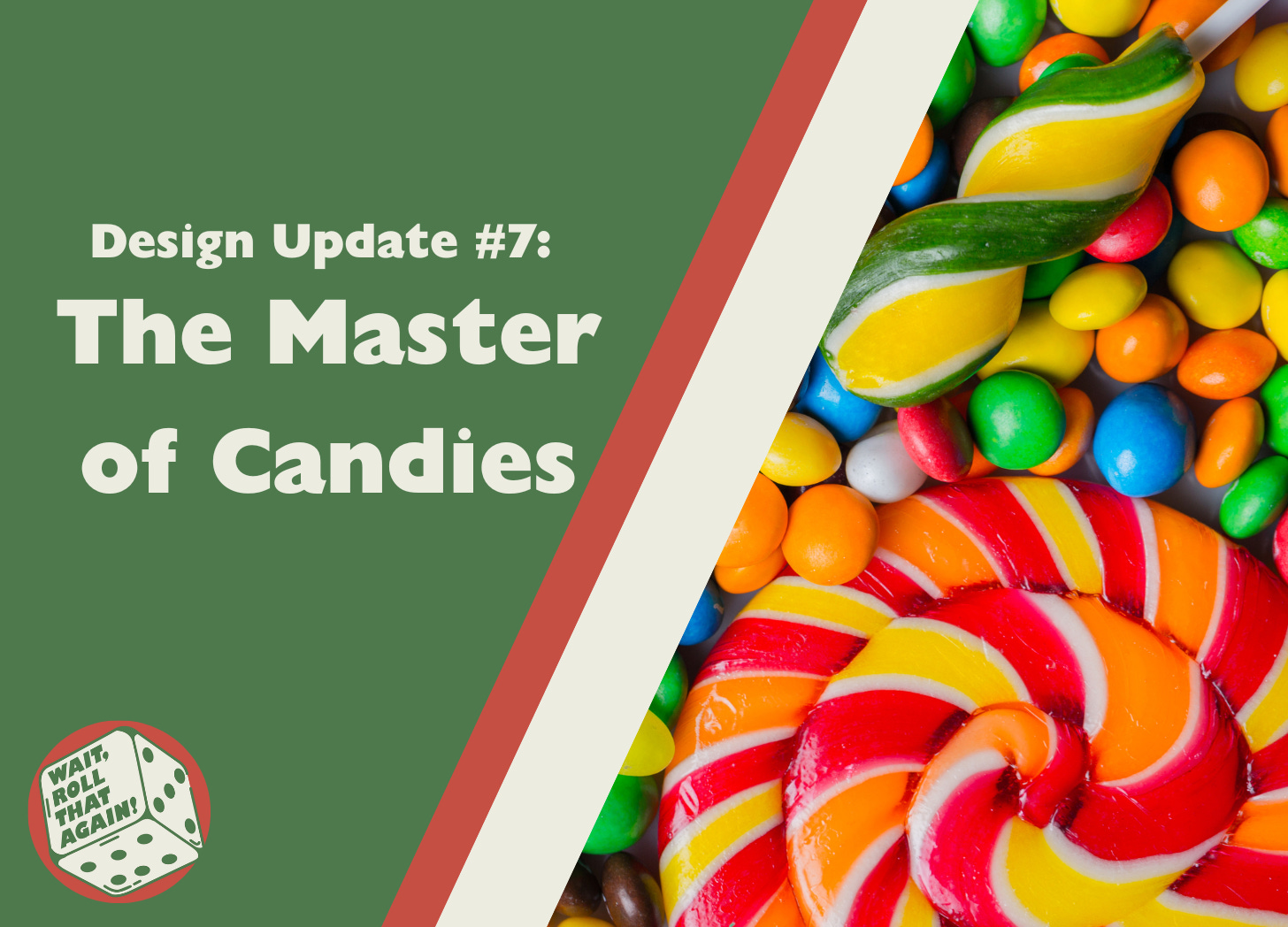Design Update #7 - The Master of Candies
What does the Game Master in my Tabletop Game actually do? In this design update, we'll explore that and more as this game nears completion!
Welcome to another design update for my spooky, Halloween tabletop RPG!
This will be a shorter update as I’m headed overseas for a week, but you’ll still be getting an episode of Wait, Roll That Again! next week as normal. We’re on the home stretch!
In case you missed last week’s episode, you can find it here, or on your favourite podcasting app!
The Game Master
As I mentioned in the last design update, where I talked about the big changes to the game’s system, one of the pieces of feedback I received was a lack of Game Master (GM) specific rules presented.
And that was totally fair! I hadn’t really considered the GM role beyond the initial playtests of the now-scrapped combat mechanics. But in the new system, I hadn’t really thought about the GM’s role as I’d been focused on making a satisfying system for players.
There’s an important assumption here - the game does indeed have a Game Master. If you’re not familiar with the term, the GM is a player at the table who takes on a sort of narrative facilitator role, laying out the story world that the players inhabit and acting as a rules arbiter. Not all tabletop RPGs have a GM role, but I’ve decided to include one in this game.
But I need to justify that choice - and thus I need to come up with some mechanics to make that role narratively interesting and fun to play.
The MC - The Master of Candies
I thought I was going to call my Game Master the Master of Ceremonies (MC), but
mentioned in the KiwiRPG discord that the name could be more relevant to the game’s spooky subject matter. She suggested the Master of Candies, and I fell in love with it.Thanks Kelly!
I’d define the Master of Candies roll as the following:
The Master of Candies is a player who helps keep the narrative flowing between moments, and takes on the roles of the wider world and its threats, obstacles, or allies. They challenge the other players, but they also help them figure out how to do their cool things!
Here’s what they can do mechanically:
The MC doesn’t use dice.
The MC can shift a player character’s die from one pool to the other as a consequence to a failed action. This feels like an interesting narrative consequence that plays with the core tension present in the game.
The MC can deal harm as a consequence to a failed action.
The MC runs all decorations in combat, and all non-player characters (NPCs) the players might encounter.
When a player has all their dice in one pool, the MC assigns them a condition which affects their player. This has to do with the nature of the game’s setting, and its something we’ll get into on the podcast.
Those are my ideas so far! I’m working out the exact language, but I’m having fun thinking about what this role looks like.
Layout, Design, and…Art!
On last week’s episode, I spoke with Clayton Notestine about layout and design, and his templates have been very useful as I start to explore that world.
That work is a ways off, and I’ve not got anything big to share…other than the fact I’ve got some art being developed!
I’m working with an artist local to Aotearoa, and I’m really excited to share some of it very very soon! It’s all fitting into the spooky, but fun tone I’m trying to evoke in the game, and working with an artist has been a really fun treat.
One more Cool Thing
Next week, you’ll be getting an episode of Wait Roll That Again! next Thursday, but on Monday, you’ll be getting a guest written article!
’s own Sam Dunnewold is coming aboard to talk about the process behind designing one of his own games, all while celebrating the Kickstarter for the third season of his tabletop RPG design Podcast! Check it out, and look forward to the article next Monday.




